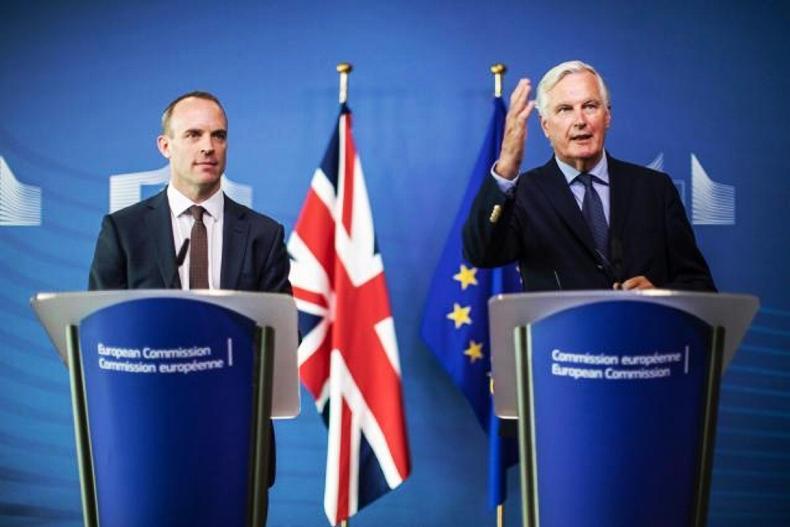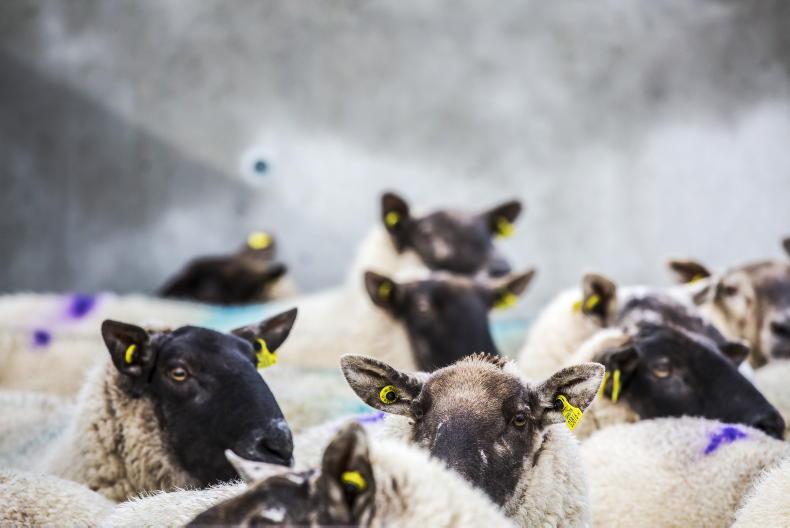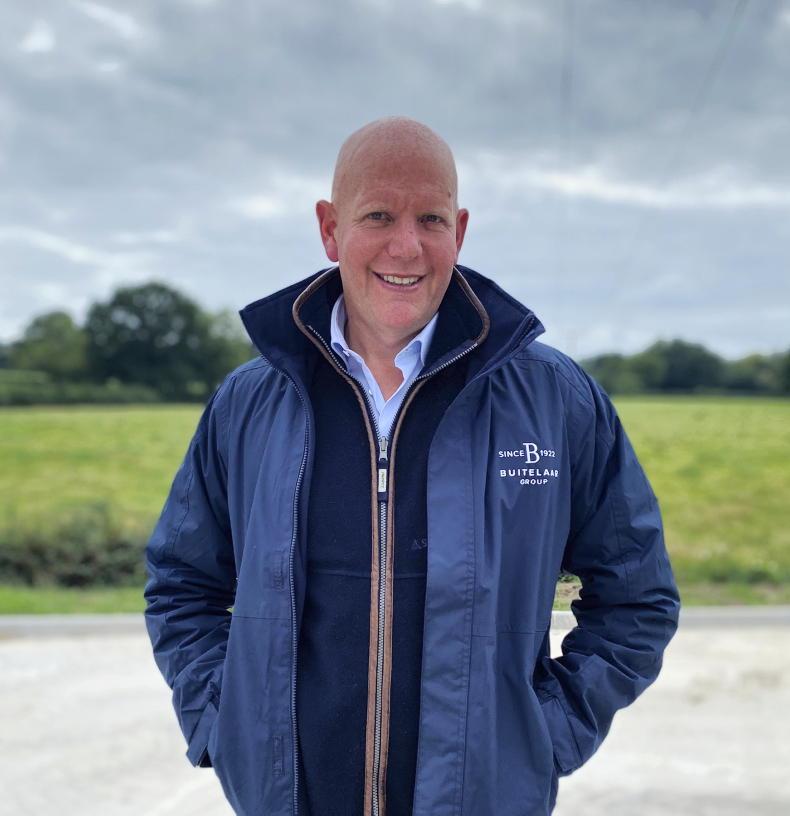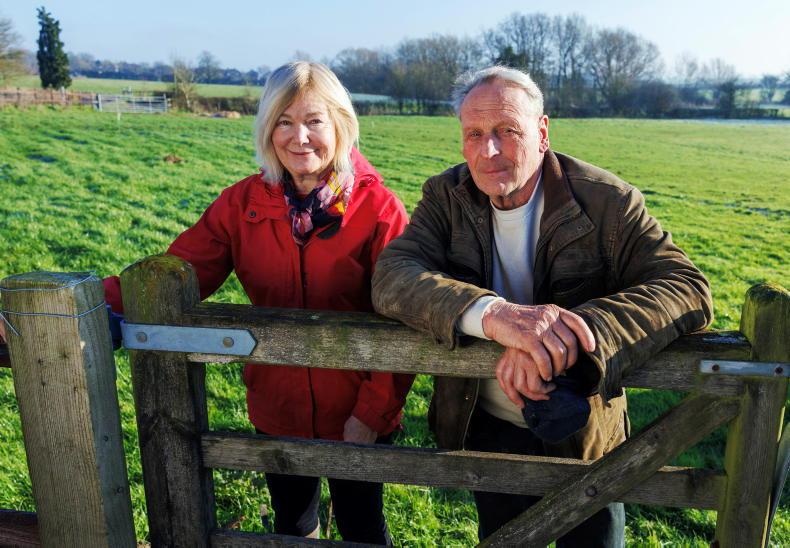The EU and UK negotiators got close to a deal on the UK’s departure from the EU on Sunday but when the UK Brexit minister, Dominic Raab made the unscheduled trip to meet the chief negotiator, Michel Barnier, instead of announcing a deal they emerged to say they couldn’t agree. It was always the target that a deal would be signed off at this month’s Council of Ministers meeting which takes place in Brussels later this week, though there is a contingency plan to call another Council in November if necessary.
Sunday drama
There are conflicting reports on just how close a deal was with one view being that the negotiators had reached agreement that just needed political sign off. However the divisions in Theresa May’s conservative party have been widening in recent days and were very evident at Thursday’s cabinet meeting. Departed Minsters Johnson and Davis are loudly campaigning against any softening of the UK position on the Irish border which is considered necessary to close a deal. Similarly Northern Ireland’s Democratic Unionist Party (DUP), whose 10 MPs are required by the prime minister because she doesn’t have a majority in Parliament, have been saying they are voting against any deal which differentiated Northern Ireland from the rest of the UK.
Risk of no deal
It is the Irish border that is the remaining issue that is not solved. Basically the EU is offering the UK the opportunity to keep Northern Ireland aligned with the EU and maintaining the status quo on cross border trade. It would mean some checks that the EU believe could be done sensitively on products coming into Northern Ireland from Britain but the DUP and many pro Brexit Conservative MPS won’t tolerate this because they say it cuts Northern Ireland off from the rest of the UK.
As things stand, the negotiations have stalled if not broken down. It is now over to the heads of state meeting on Wednesday to see if the impasse can be broken. Given the recriminations from the last summit in Salzburg last month the signs aren’t good on a Brexit deal, and the risk of a no deal Brexit with horrendous consequences for Irish farmers has increased considerably this weekend.
How did it come to this?
“Brexit” is the one word description given to the decision of the United Kingdom (UK) to leave the European Union (EU). It was taken by the UK Parliament following a referendum in June 2016 in which 52% of voters voted to leave the EU with 48% voting to remain in the EU.
That referendum was the culmination of over two decades of internal conservative party wrangling on the UK’s relationship with the EU. Numerous opt outs for the UK had been secured in all big EU negotiations, the most dramatic of which was a large financial rebate and ability to retain its own currency rather than adopt the Euro.
When David Cameron was Prime Minister in the coalition government with the Lib-Dems between 2010-2015, he promised that he would bring a proposal to Parliament in the next Parliament on a referendum on UK membership. He expected that he would be in coalition again with the Lib-Dems but when the electorate returned a Conservative majority the road was clear for a referendum being approved in Parliament.
After the referendum
The referendum in the UK, unlike referenda in Ireland was contested as if party politics with each side making promises or threats that were not subject to any factual approval. The outcome of the UK deciding to leave by a small majority meant that it was only then that the process of thinking what the future relationship with the former EU colleagues should look like. One certainty from an EU perspective was that it wouldn’t look like EU membership, and they were a determined a non-member should not enjoy the benefits of membership while outside.
What type of relationship could the UK have with the EU after leaving?
1. Membership of the Single Market and Customs Union – soft Brexit
If this was the UK’s preferred option it would be accepted by the EU and from a trading perspective it would be business as usual. However, it has been rejected already by the UK because it would mean that EU rules continued to prevail and the UK would not have the freedom ot do its own trade deals or control migration.
In practical terms membership of the customs union means that members have to have a common tariff and cannot negotiate external trade deals at a different tariff rate. Turkey for example is part of the customs union without being an EU member but it is bound by all EU tariff negotiations. The same would apply to the UK after it leaves.
Membership of the single market means that the rules of production are standardised across all members and trade can take place totally uninterrupted between members of the single market. It is based on the principle of four freedoms: free movement of capital, goods, services and people between member states. Therefore a Polish national can choose to work, invest in or tender for contracts on an equal basis with any other EU nationality in any EU member state. This doesn’t appeal to the UK as the UK wants to control immigration which immediately violates the freedom of movement for people clause.
2. Trade under World Trade Organisation (WTO) rules – hard Brexit
This is the worst scenario for business, agriculture in particular. Trade under WTO rules is conducted on a most favoured nation (MFN) tariff system. Some products such as forestry carry little or no tariff at WTO level whereas beef, sheep meat and cheese carry huge tariffs, up to 100% in some cases which would make trade prohibitive. It should be remembered that up to the second half of the 20th century, countries set their own tariffs independently and the trend was that each country protected its sectoral interests whether in agriculture or industry.
After World War 2, there was a coming together of the major trading nations under the General Agreement on Tariffs and Trade (GATT) to reduce and standardise tariffs and encourage international trade. This was the basis of international trade until the establishment of the WTO in the mid 1990s which had 120 members and represented a further liberalisation of trade.
This was great for trade compared what had existed historically but nothing compared with the single market and customs union that was operational in the EU since 1992. If the UK reverts to trading under WTO, it means tariffs and border inspections including on the island of Ireland. Also it means that the UK can unilaterally declare the UK as a tariff free country to all members of WTO which would open up the UK market for agricultural goods to the major global traders from South America, the USA, Australia and New Zealand.
3. A comprehensive Free Trade Agreement (FTA)
The EU has been active in negotiating FTA’s with a number of countries where up to 95% of total trade is conducted on a tariff free basis, with some limitations imposed by quotas. The most high profile of these has been with Canada and it is often suggested that an enhanced FTA is the way to go between the UK and EU.
It would have considerable merit if it was replacing WTO terms rather than downgrading from EU membership. A FTA still brings with it border controls and inspections which all parties are anxious to avoid, particularly in the case of the Irish border. It is also unappealing to Irish farmers because it leaves the UK free to make its own trade deals with high exporting agricultural countries which would undermine the value of the UK market to Irish farmers. This would apply to a lesser extent to farmers in NI and Britain as well because while the domestic product would still likely command a market premium, the premium would be on top of a much lower base if the imported alternative was South American where cattle are half the price, than Irish.
What is the back stop all about?
Both the UK and EU have stated that they don’t want a physical border on the island of Ireland. However in practical terms this is only possible if the UK remains aligned with the EU customs union, anything else including the Canada type FTA means inspection of product as it crosses the border just as it does in any trade that takes place between EU countries and Canada.
In order to maintain the present arrangements for the Irish border, the EU is agreeable to Northern Ireland and Northern Ireland alone remaining within the EU customs union with full access to the EU market as it is at present. This was part of last December’s withdrawal agreement and it gets the “backstop” description because it only would come into effect if the EU and UK didn’t conclude a future relationship deal that maintained the status quo for trade on the island of Ireland.
The backstop does give NI the best of both worlds as part of the UK and EU but is politically difficult, particularly for the DUP who strongly oppose it.
Read more
Northern Ireland could have its cake and eat it
The EU and UK negotiators got close to a deal on the UK’s departure from the EU on Sunday but when the UK Brexit minister, Dominic Raab made the unscheduled trip to meet the chief negotiator, Michel Barnier, instead of announcing a deal they emerged to say they couldn’t agree. It was always the target that a deal would be signed off at this month’s Council of Ministers meeting which takes place in Brussels later this week, though there is a contingency plan to call another Council in November if necessary.
Sunday drama
There are conflicting reports on just how close a deal was with one view being that the negotiators had reached agreement that just needed political sign off. However the divisions in Theresa May’s conservative party have been widening in recent days and were very evident at Thursday’s cabinet meeting. Departed Minsters Johnson and Davis are loudly campaigning against any softening of the UK position on the Irish border which is considered necessary to close a deal. Similarly Northern Ireland’s Democratic Unionist Party (DUP), whose 10 MPs are required by the prime minister because she doesn’t have a majority in Parliament, have been saying they are voting against any deal which differentiated Northern Ireland from the rest of the UK.
Risk of no deal
It is the Irish border that is the remaining issue that is not solved. Basically the EU is offering the UK the opportunity to keep Northern Ireland aligned with the EU and maintaining the status quo on cross border trade. It would mean some checks that the EU believe could be done sensitively on products coming into Northern Ireland from Britain but the DUP and many pro Brexit Conservative MPS won’t tolerate this because they say it cuts Northern Ireland off from the rest of the UK.
As things stand, the negotiations have stalled if not broken down. It is now over to the heads of state meeting on Wednesday to see if the impasse can be broken. Given the recriminations from the last summit in Salzburg last month the signs aren’t good on a Brexit deal, and the risk of a no deal Brexit with horrendous consequences for Irish farmers has increased considerably this weekend.
How did it come to this?
“Brexit” is the one word description given to the decision of the United Kingdom (UK) to leave the European Union (EU). It was taken by the UK Parliament following a referendum in June 2016 in which 52% of voters voted to leave the EU with 48% voting to remain in the EU.
That referendum was the culmination of over two decades of internal conservative party wrangling on the UK’s relationship with the EU. Numerous opt outs for the UK had been secured in all big EU negotiations, the most dramatic of which was a large financial rebate and ability to retain its own currency rather than adopt the Euro.
When David Cameron was Prime Minister in the coalition government with the Lib-Dems between 2010-2015, he promised that he would bring a proposal to Parliament in the next Parliament on a referendum on UK membership. He expected that he would be in coalition again with the Lib-Dems but when the electorate returned a Conservative majority the road was clear for a referendum being approved in Parliament.
After the referendum
The referendum in the UK, unlike referenda in Ireland was contested as if party politics with each side making promises or threats that were not subject to any factual approval. The outcome of the UK deciding to leave by a small majority meant that it was only then that the process of thinking what the future relationship with the former EU colleagues should look like. One certainty from an EU perspective was that it wouldn’t look like EU membership, and they were a determined a non-member should not enjoy the benefits of membership while outside.
What type of relationship could the UK have with the EU after leaving?
1. Membership of the Single Market and Customs Union – soft Brexit
If this was the UK’s preferred option it would be accepted by the EU and from a trading perspective it would be business as usual. However, it has been rejected already by the UK because it would mean that EU rules continued to prevail and the UK would not have the freedom ot do its own trade deals or control migration.
In practical terms membership of the customs union means that members have to have a common tariff and cannot negotiate external trade deals at a different tariff rate. Turkey for example is part of the customs union without being an EU member but it is bound by all EU tariff negotiations. The same would apply to the UK after it leaves.
Membership of the single market means that the rules of production are standardised across all members and trade can take place totally uninterrupted between members of the single market. It is based on the principle of four freedoms: free movement of capital, goods, services and people between member states. Therefore a Polish national can choose to work, invest in or tender for contracts on an equal basis with any other EU nationality in any EU member state. This doesn’t appeal to the UK as the UK wants to control immigration which immediately violates the freedom of movement for people clause.
2. Trade under World Trade Organisation (WTO) rules – hard Brexit
This is the worst scenario for business, agriculture in particular. Trade under WTO rules is conducted on a most favoured nation (MFN) tariff system. Some products such as forestry carry little or no tariff at WTO level whereas beef, sheep meat and cheese carry huge tariffs, up to 100% in some cases which would make trade prohibitive. It should be remembered that up to the second half of the 20th century, countries set their own tariffs independently and the trend was that each country protected its sectoral interests whether in agriculture or industry.
After World War 2, there was a coming together of the major trading nations under the General Agreement on Tariffs and Trade (GATT) to reduce and standardise tariffs and encourage international trade. This was the basis of international trade until the establishment of the WTO in the mid 1990s which had 120 members and represented a further liberalisation of trade.
This was great for trade compared what had existed historically but nothing compared with the single market and customs union that was operational in the EU since 1992. If the UK reverts to trading under WTO, it means tariffs and border inspections including on the island of Ireland. Also it means that the UK can unilaterally declare the UK as a tariff free country to all members of WTO which would open up the UK market for agricultural goods to the major global traders from South America, the USA, Australia and New Zealand.
3. A comprehensive Free Trade Agreement (FTA)
The EU has been active in negotiating FTA’s with a number of countries where up to 95% of total trade is conducted on a tariff free basis, with some limitations imposed by quotas. The most high profile of these has been with Canada and it is often suggested that an enhanced FTA is the way to go between the UK and EU.
It would have considerable merit if it was replacing WTO terms rather than downgrading from EU membership. A FTA still brings with it border controls and inspections which all parties are anxious to avoid, particularly in the case of the Irish border. It is also unappealing to Irish farmers because it leaves the UK free to make its own trade deals with high exporting agricultural countries which would undermine the value of the UK market to Irish farmers. This would apply to a lesser extent to farmers in NI and Britain as well because while the domestic product would still likely command a market premium, the premium would be on top of a much lower base if the imported alternative was South American where cattle are half the price, than Irish.
What is the back stop all about?
Both the UK and EU have stated that they don’t want a physical border on the island of Ireland. However in practical terms this is only possible if the UK remains aligned with the EU customs union, anything else including the Canada type FTA means inspection of product as it crosses the border just as it does in any trade that takes place between EU countries and Canada.
In order to maintain the present arrangements for the Irish border, the EU is agreeable to Northern Ireland and Northern Ireland alone remaining within the EU customs union with full access to the EU market as it is at present. This was part of last December’s withdrawal agreement and it gets the “backstop” description because it only would come into effect if the EU and UK didn’t conclude a future relationship deal that maintained the status quo for trade on the island of Ireland.
The backstop does give NI the best of both worlds as part of the UK and EU but is politically difficult, particularly for the DUP who strongly oppose it.
Read more
Northern Ireland could have its cake and eat it









SHARING OPTIONS